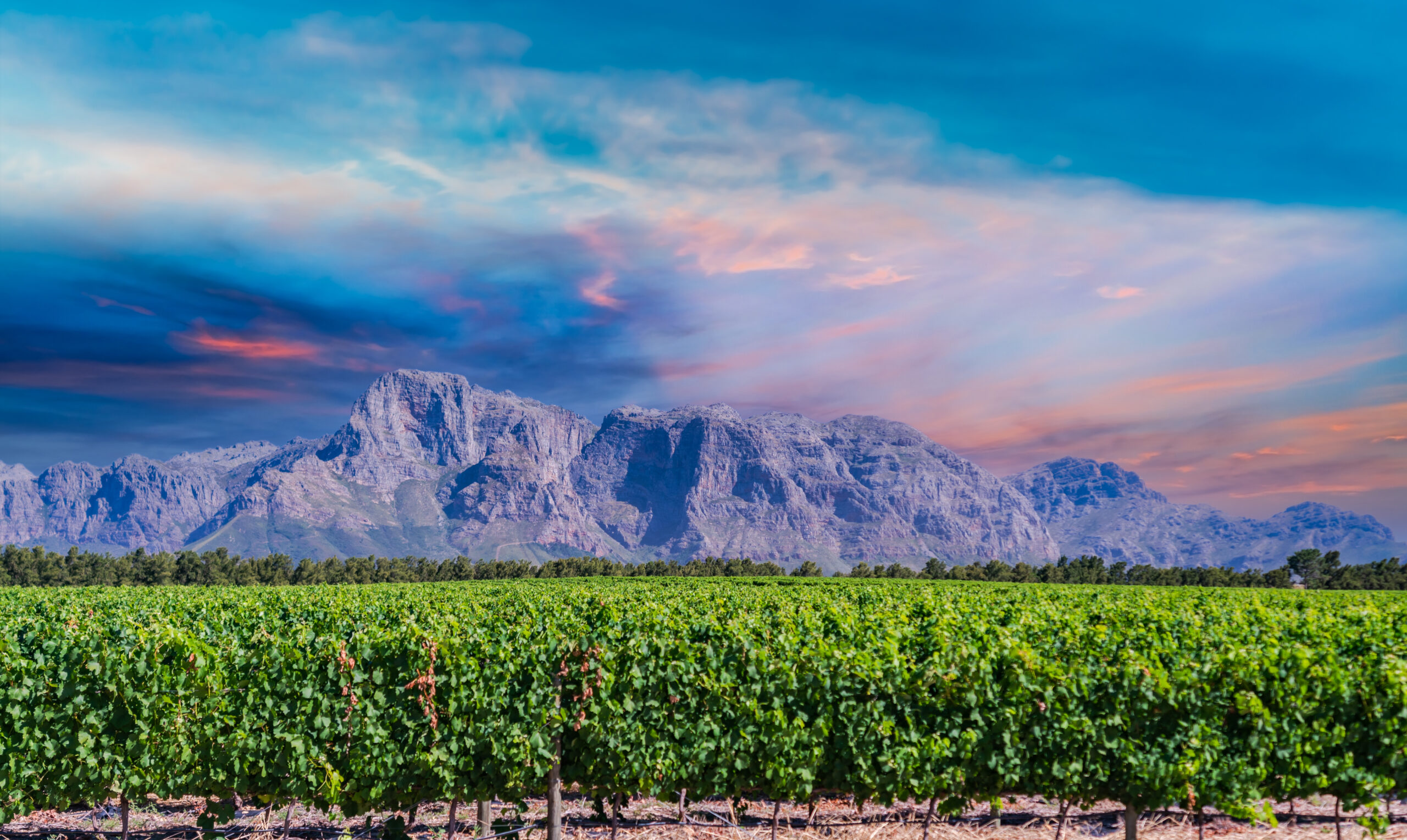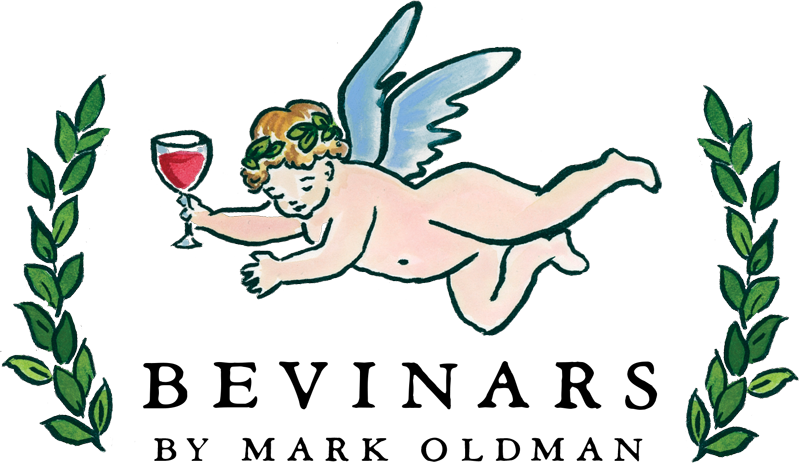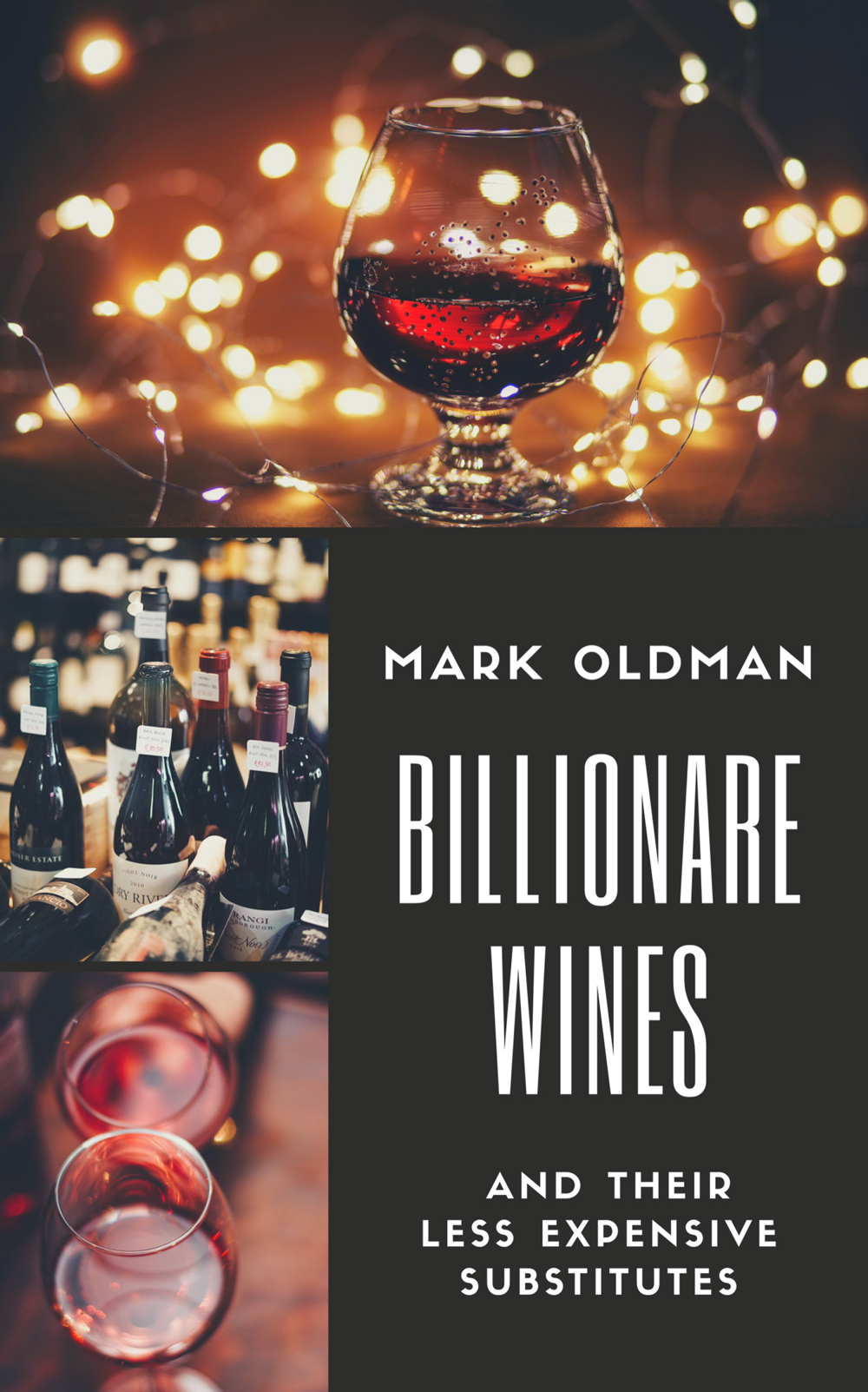
Little-Known Nuggets about Chenin Blanc

Chenin Blanc counts, alongside Riesling, as a wine varietal that most vinophiles greatly value but that the rest of us may not understand. Is Chenin Blanc dry or sweet? That, for example is a classic question about this super white wine.
Chenin Blanc Taste
Versatility jumps to mind when speaking of Chenin Blanc, also known as Steen (in South Africa) and Pineau de la Loire (in France). Depending on the winemaker’s chosen style it may offer yellow or baked apple, quince, pear, passion fruit, lime, honeydew, peach, and mandarin orange flavors, often with notes of lemon verbena or honey. Chenin wines’ telltale characteristic is medium plus to high acidity.
So, let’s explore a few fun and little-known facts about Chenin Blanc wines. It may make you want to try the wine, or, better yet, take a white wine class.
Rare Facts about Chenin Blanc around the World
Styles
• Chenin Blanc comes in a great variety of styles. A dry Chenin Blanc is characterized by its crisp acidity and flavors of green apple, pear, and citrus, with minerality and leanness. Dry Chenin Blancs can range from light and refreshing to more full-bodied and complex, depending on the terroir and winemaking goals.
In French, off-dry Chenin may go by the charming moniker “sec tendre.” These off-dry wines offer a touch of sweetness, balancing the acidity and fruitiness of the grape. Off-dry Chenin Blancs can be a great match for spicy foods or as an aperitif.
The Chenin Blanc grape produces some of the world’s most famous sweet wines, such as the botrytis-affected wines of the Loire Valley, like Quarts de Chaume, Bonnezeaux, and Coteaux du Layon. These wines are rich and honeyed, with flavors of apricot, peach, and honey.
Aged Chenin Blanc: Chenin Blanc has the ability to age gracefully, developing complex flavors of honey, nuts, and dried fruits. Aged Chenin Blancs can be rich and full-bodied, with a creamy texture that adds to their complexity.
Chenin Blanc in Today’s South Africa
• Over 50% of the world’s Chenin Blanc grape vine plantings thrive in South Africa. Once used for bulk wine production vinified by large co-ops, Chenin is now an artisan winemaker’s darling. There, it even adapts to blending. Ian Naudé, for example, works with old vines on South Africa’s the West Coast near Vredendal.
Blending Chenin Blanc
He recently blended the old vine Chenin Blanc wine (83%) with old vine Colombard wine (17%) to produce “Soutbos” (salt bush). Master of Wine Greg Sherwood says, “for me, represents one of the most exciting white blends created in South Africa since Eben Sadie launched his Skerpioen Chenin Blanc – Palomino old-vine field blend.” South Africa is definitely worth keeping an eye on if you want to taste truly expressive Chenin wines.
A Sparkling Wine
• Chenin Blanc makes for a great sparkling wine: festive bubbles! These may be in the traditional method (like Champagne) and using the Charmat method (carbonated in a tank). Such sparkling wines range from dry to sweet and are known for their lively bubbles and, yes, that inescapable refreshing acidity. Expect quince, ripe yellow apple, ginger, and floral notes as you take your first sip.

Pay Attention to the Winemaking Process
• As a delicate and elegant variety, many winemakers vinify Chenin Blanc wine in unsealed concrete tanks, where micro-oxygenation helps express Chenin’s aromatic typicity. Add to that native yeasts and the winemaker can maintain wine’s distinct identity without using malolactic fermentation. Always check out the label to see if it indicates how the wine was made.
The Loire Valley
• Arguably, the world’s most famous Chenin Blanc wines come from France’s Loire Valley and its subregions — Vouvray, Savennieres, Anjou and others. Each region gives its own expression to the grape variety. But, did you know that the Loire Valley’s most famous white wine, Sancerre, is made from Sauvignon Blanc? So what about Chenin Blanc versus Sauvignon Blanc?
Chenin Blanc versus Sauvignon Blanc
• Sauvignon Blanc wines offer zesty flavors of citrus, green herbs, and sometimes tropical fruits, alongside a pronounced herbaceous or grassy aroma and high acidity, resulting in a light to medium body. Chenin Blanc wine, by contrast, offers a broader range of flavors, from apple and pear to quince and honey, with floral and fruity aromas.
They share some high acidity that makes the wines vibrant and refreshing. Chenin Blanc wines vary widely in body, from light to full-bodied, and are most closely associated with the Loire Valley, where they are used to produce a range of styles from dry to sweet. Both grapes pair well with a variety of foods, but Sauvignon Blanc matches with salads and seafood, while Chenin Blanc complements seafood, chicken dishes, spicy plates, and creamy sauces, as well as soft cheeses like chevre.
Chenin Blanc in Argentina
• Dry Chenin Blanc is experiencing a Renaissance not only in places like South Africa (long connected to this wine) but also Argentina, especially the region of Mendoza. “Chenin Blanc in Mendoza acquires outstanding and typical characteristics of the variety,” says Roberto de la Mota, a winemaker who works with Chenin in his La Primera Revancha line from Mendel Wines.
“Wines with lots of fresh fruits, floral notes of white flowers and acacia, dried fruits like hazelnuts, and on the palate also fresh wines, with good volume, fat, and acidity. However, the main characteristic is its elegance. They are wines of very good intensity, but at the same time balanced, where no attribute stands out too much, showing a perfect balance between the aromas, their freshness and acidity balance, and the length on the palate. . . . A varietal characteristic in its place of origin (France) that it also acquires in our terroir is its aging potential in the bottle.” Sales of Chenin Blanc wine grew by 23.5% in Argentina between 2010 and 2021. That’s amazing!
Chenin Blanc in California
• California winemakers have also zeroed in on Chenin Blanc wine.
Craig Haarmeyer, for example, works from West Sacramento. He told the San Francisco Chronicle that “Chenin Blanc is everything.” Haarmeyer produces his wines from six different inland vineyards, “making him one of California’s most committed Chenin advocates.” Esther Mobley describes the SRV Chenin Blanc, from the Sutter Ranch Vineyard in Clarksburg as a “gateway Chenin” offering citrus and lanolin notes. Another is the Cresci Chenin Blanc from a single vineyard in hot Lodi, “which smells like jasmine and ginger.” And more—including a sweet version and Haarmeyer’s “Iris” dry Chenin Blanc from the Aparicio Vineyard in Amador County, offering greater minerality.
Amazingly Diverse and Versatile: Chenin Blanc
In all, as this brief worldwide survey shows, Chenin Blanc is an amazing, diverse, and versatile wine grape. From its origins in the Loire Valley to its thriving vineyards in South Africa, Argentina, California, and beyond, Chenin Blanc offers a spectrum of flavors and styles that you can explore, including in an online wine class.
Become a Chenin Blanc Lover
Whether offered as a crisp and refreshing aperitif, a lusciously sweet dessert wine, or a sparkling fantasy wine, Chenin Blanc captivates vinophiles with its versatility and charm. As its popularity grows and winemakers continue to innovate, Chenin Blanc is a varietal worth savoring and celebrating. Cheers to Chenin Blanc!



